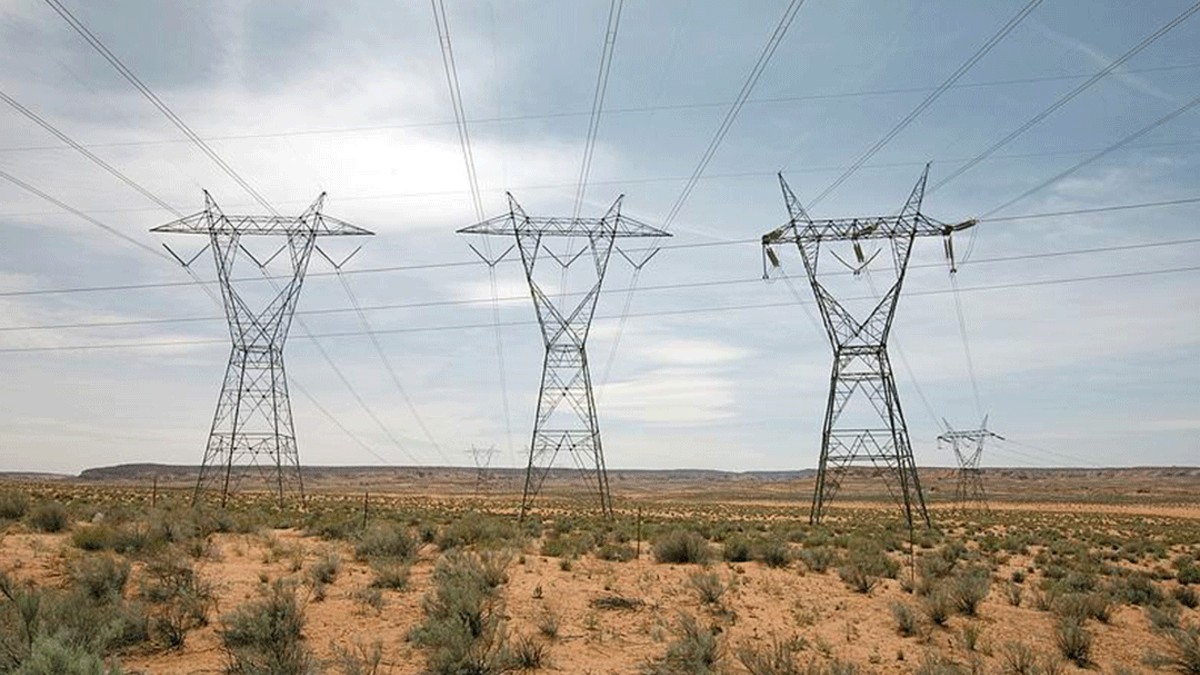
California Governor Gavin Newsom signed a new law directing the state to upgrade its electrical transmission system through use of new smart grid technologies and by replacing old wires with newer, high-tech ones in order to get the state ready for increased renewable electricity generation.
In recent years, there’s been a lot of noise regarding the difficulties of integrating renewable electricity into the grid, and upgrading grid capacity to deal with increased demand from electric vehicles.
These problems are real, but are often overstated by entities who want to keep things how they are – a grid and transportation network that are driven by fossil fuels, rather than renewables.
The issue is that, as renewables make up a larger percentage of grid electricity, there will be more fluctuations in supply due to the intermittent nature of solar and wind generation (and the distributed nature of rooftop solar). The two do complement each other to some extent – the wind tends to blow harder when the sun is down – but there needs to be some sort of backup in the form of consistent base-load generation, and dispatchable electricity to make up for peaks and troughs.
Batteries can help with that dispatchability by being tied to the grid and ready to smooth out those peaks and troughs. And, even when they’re not equipped with vehicle-to-grid technology, electric cars can be charged at times when there is excess electricity available, which means they won’t strain the grid too much during times of peak demand.
But all of this back-and-forth still results in increased congestion on the grid, and with our current “dumb” grid, there’s a prospect of needing to build huge new transmission lines in order to move all this electricity around. That’s expensive, but worse than that, it takes forever to do – beyond the permitting issues involved with construction, there’s always the issue of local NIMBYs who want the infrastructure built, they just want it built somewhere else.
Fortunately, there are solutions to these problems, and California’s new law directs the state to implement those solutions.
California law will upgrade the grid – for cheap
California’s new law, SB 1006, just signed by Governor Gavin Newsom, directs the state to use “grid-enhancing technologies” (GETs) and “reconductoring” to solve these growing pains with the grid.
GETs is just a catch-all term for smart grid solutions that make the grid more capable of managing loads efficiently. These include “advanced power flow control systems” which can channel power to where its needed, “dynamic line rating systems” which monitor local weather conditions to make the grid more responsive, and “topology optimization software” which helps to reroute traffic on a grid much like your phone’s traffic app might do for cars.
Combined, these technologies can reduce grid congestion by 40% or more, and reduce the need for curtailment, which is when renewable resources are available but not transferred to the grid due to congestion. And these can be built quickly and at low cost, without needing to wait for more transmission lines.
In addition to this smart grid tech, a very simple solution goes by the name “reconductoring,” which means simply replacing old wires with newer, lighter ones.
Old transmission wires use heavy steel cores, necessary to hold up the cables over the hundreds of yards they hang between electrical transmission towers. Around these cores, aluminum conductors are used to transmit the electricity.
Due to the weight of the steel, this means that you can only have so much aluminum in the wire. But if we used more modern, lighter, and stronger materials, that means we can add more conductive material and transfer more electricity through the same transmission lines.
So “reconductored” cables use structural materials like carbon fiber, which is much stronger and lighter than steel, and advanced materials that have less electrical resistance than aluminum. And while we’re at it, we can build sensors into the lines to enable the dynamic line rating systems mentioned above.
While carbon fiber is expensive, it’s a lot cheaper than building a new transmission line – adding new capacity through reconductoring is thought to cost less than half as much as adding it through building new transmission lines (California recently got a $600 million grant from the feds for these purposes). And, again, it happens faster too.
All of this should not only increase California’s grid capabilities and make it more ready for the future, it should also lower electricity prices. By reducing congestion and enabling more use of cheaper, cleaner alternatives like solar and wind generation, these upgrades should offer downward pressure on rates.
And, if these upgrades prove to be successful, California could once again provide a model to the country on how to get ready for the electrification future. A report from April said that widespread use of advanced conductors could increase the pace of new transmission capacity by 4x by 2035.
To limit power outages and make your home more resilient, consider going solar with a battery storage system. In order to find a trusted, reliable solar installer near you that offers competitive pricing, check out EnergySage, a free service that makes it easy for you to go solar. They have hundreds of pre-vetted solar installers competing for your business, ensuring you get high quality solutions and save 20-30% compared to going it alone. Plus, it’s free to use and you won’t get sales calls until you select an installer and you share your phone number with them.
Your personalized solar quotes are easy to compare online and you’ll get access to unbiased Energy Advisers to help you every step of the way. Get started here. – ad*
